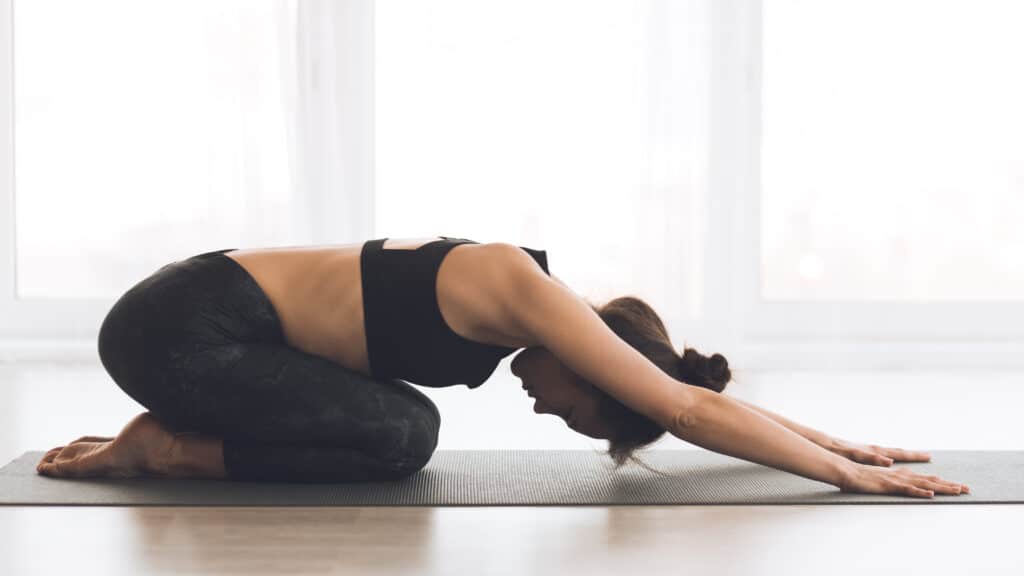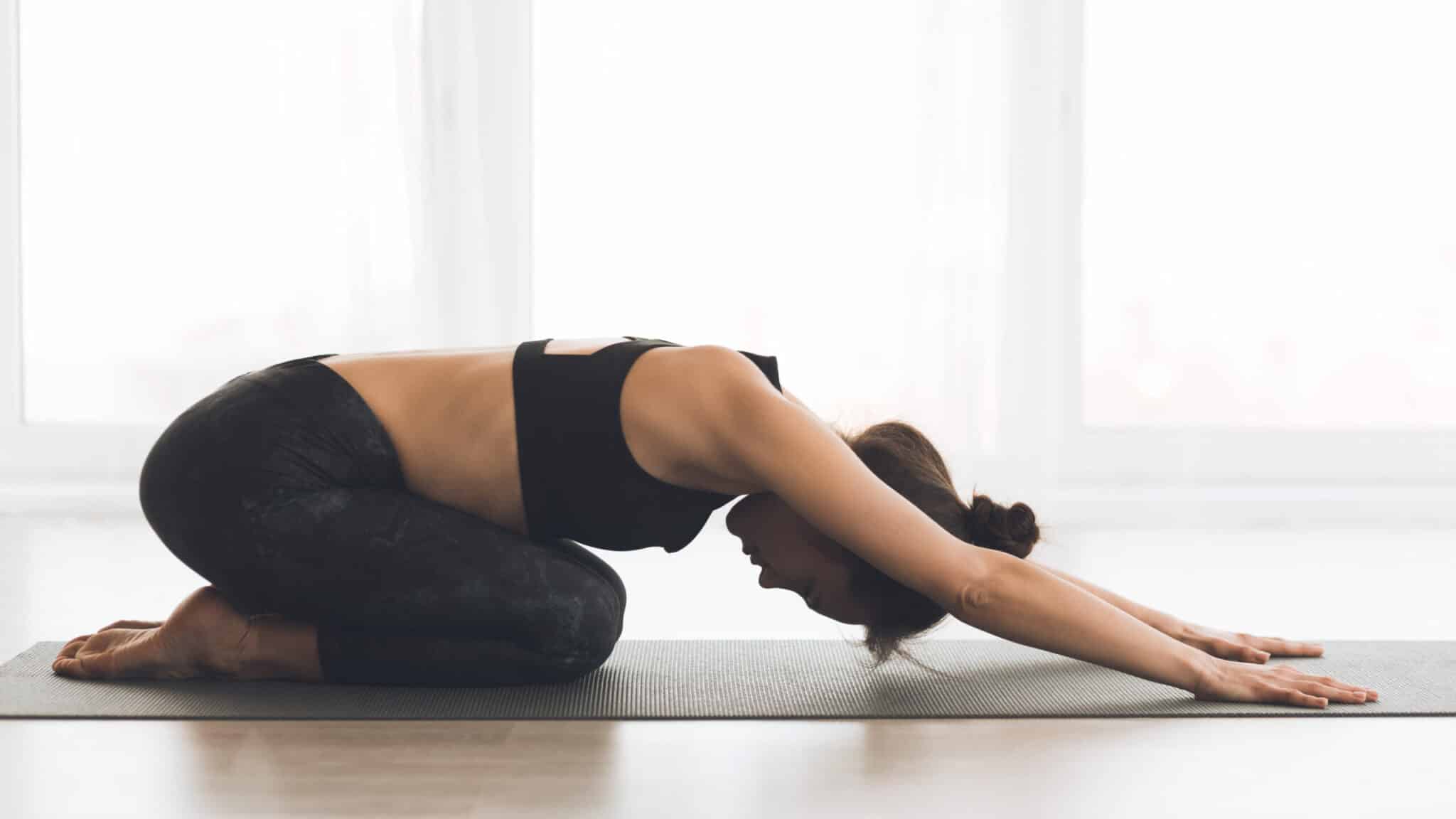
Yoga is a physical, mental, and spiritual practice originating from ancient India. It involves a combination of physical postures (asanas), breathing exercises (pranayama), meditation, and ethical principles (yama and niyama) aimed at promoting overall health and well-being.
The physical postures in yoga help to strengthen and stretch the muscles and improve flexibility, balance, and posture. Breathing exercises and meditation help to calm the mind, reduce stress, and improve concentration.
Benefits of Yoga
Yoga offers a range of physical, mental, and spiritual benefits. Some of the most commonly reported benefits of yoga include:
- Improved flexibility, strength, and balance
- Better management of chronic pain
- Reduced stress and anxiety
- Improved mental clarity and concentration
- Better sleep quality
- Increased energy
- Improved cardiovascular health
In addition to these benefits, many people report that practicing yoga helps to improve their overall sense of well-being and quality of life. It can also be a helpful complement to other forms of exercise, helping to enhance physical and mental performance and increase overall fitness.
Yoga for Spine Pain
Studies have shown that regular yoga practice can help to reduce lower back pain, neck pain, and other forms of spinal pain. This is because yoga helps to stretch and strengthen the muscles surrounding the spine, which can help to alleviate pressure on the spine and reduce pain. Additionally, yoga can help to improve circulation, which can promote healing and reduce inflammation in the affected area.
Different Types of Yoga
There are many different types of yoga, each with its own unique style and focus. Some of the most common types of yoga include:
- Hatha Yoga: A gentle and beginner-friendly type of yoga that emphasizes physical postures, breathing techniques, and meditation.
- Vinyasa Yoga: A more vigorous type of yoga that emphasizes movement synchronized with the breath, creating a flowing and dynamic practice.
- Iyengar Yoga: A type of yoga that focuses on precise alignment and the use of props, such as blocks, straps, and blankets, to help students achieve optimal posture and alignment.
- Ashtanga Yoga: A physically demanding type of yoga that follows a specific sequence of postures and emphasizes synchronized breathing and movement.
- Bikram Yoga: A type of hot yoga that is practiced in a room heated to 105°F, and consists of a series of 26 postures and 2 breathing exercises.
- Kundalini Yoga: A type of yoga that emphasizes the awakening of energy at the base of the spine and its movement upward through the chakras.
- Restorative Yoga: A gentle and relaxing type of yoga that emphasizes the use of props, such as blankets, blocks, and bolsters, to support the body in restful postures.
- Yin Yoga: A slow-paced and meditative type of yoga that focuses on stretching and holding postures for several minutes at a time, with an emphasis on the connective tissues and deep tissues of the body.
These are just a few examples of the many different types of yoga that are available, and the best type of yoga for any individual will depend on their specific needs and goals. Whether you are looking to improve your physical fitness, reduce stress, or achieve spiritual growth, there is likely to be a type of yoga that can help you achieve your goals.
Yoga Poses that Help Spine Pain
Here are a few yoga poses that may be helpful for those with spine pain:
Cat-Cow Stretch
This pose involves moving the spine in a gentle, flowing manner, and can help to loosen and stretch the muscles of the back.
Child’s Pose
This pose involves gently stretching the spine and hips, and can help to relieve tension in the lower back.
Downward-Facing Dog
This pose stretches the spine, hips, and hamstrings, while also strengthening the muscles of the back.
Sphinx Pose
This pose strengthens the muscles of the back, while also stretching the spine and hips.
It’s important to listen to your body and to work within your own limits, avoiding any postures or movements that cause pain or discomfort. It’s also a good idea to work with a qualified and experienced yoga teacher who can help you modify your practice as needed and to provide guidance on proper alignment and technique.
With regular practice, these yoga poses may help to relieve back pain and improve your overall health and well-being. However, it’s always a good idea to discuss your specific needs and goals with your doctor, and to consider seeking the advice of a physical therapist or chiropractor if your back pain is persistent or severe.
